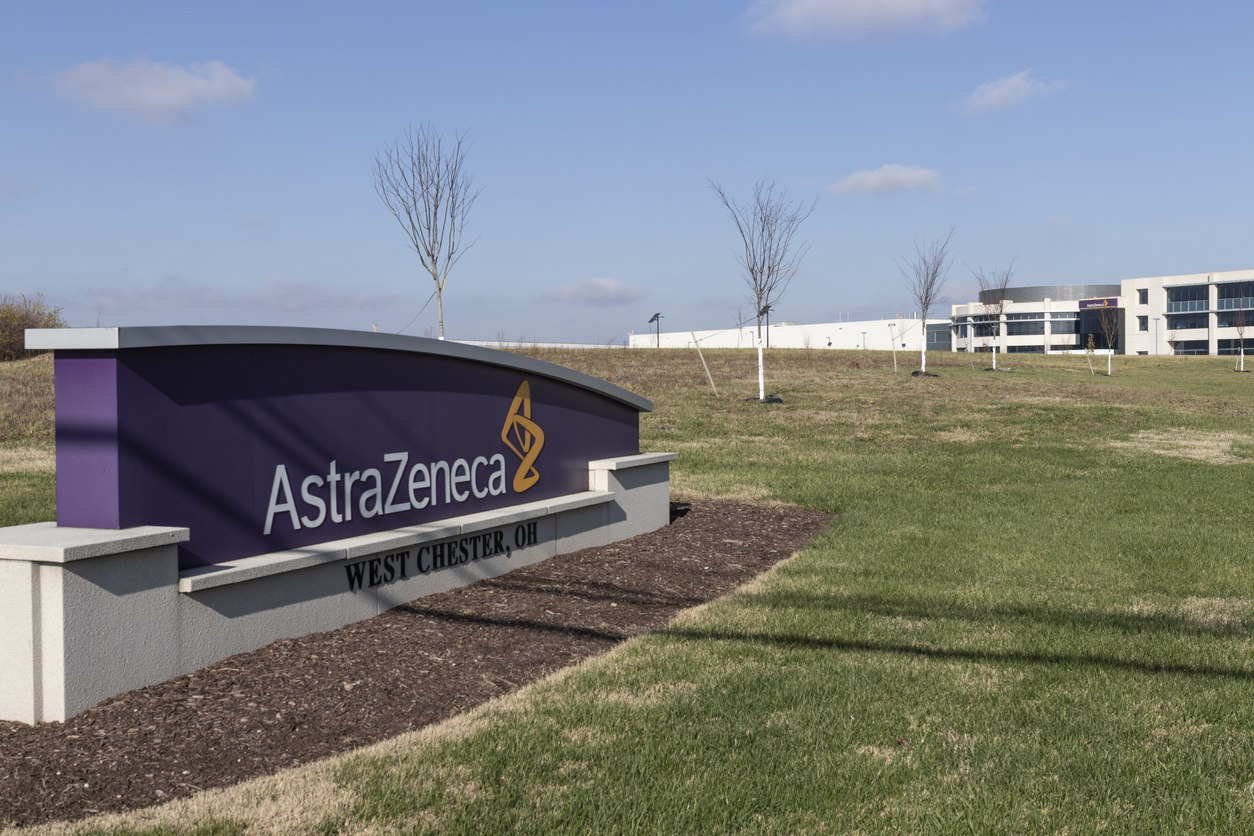Data backs AZ's Wilson disease drug, but with a question mark

Last year, AstraZeneca reported that a new drug to treat Wilson disease developed by its Alexion rare diseases unit had hit the mark in a phase 3 trial, setting it on course for regulatory filings. Now, the data has been revealed – and according to investigators, could transform treatment.
Wilson disease is a rare and progressive genetic condition in which the body's process for removing excess copper is broken, allowing it to build to toxic levels and damage the liver, brain and other vital organs.
Drugs are already available to remove excess copper from the blood, but are less effective at stripping it out of the tissues, where the most damage is caused.
Alexion's candidate – ALXN1840 – can remove copper from both the blood and tissues and has been billed as an improvement on standard therapy, which has remained largely unchanged for decades.
If treatment is prompt and effective, patients can live a normal lifespan but left untreated, the disease can be fatal. Some patients do not respond adequately to current treatment like penicillamine or trientine and zinc therapy, however, and continue to experience symptoms.
Meanwhile, side effects are common and unpleasant with current treatment – including skin rash and blisters, vomiting and diarrhoea, and wounds that do not heal – so compliance can be poor.
Last year, Alexion revealed top-line data from the phase 3 FoCus trial of ALXN1840, which showed it was three times more efficient than current therapies at mobilising copper from tissues.
Full results presented at the International Liver Congress (ILC) in London this week also showed that people taking ALXN1840 responded within four weeks, with the effect on copper levels sustained for 48 weeks.
Symptom data mixed
There was also a statistically significant improvement in neurological scores in people who had this type of symptom at enrolment at four weeks compared to standard care, although the two groups were equivalent on this measure at the 48-week time point.
That wrinkle in the data could be viewed as undermining the programme, raising questions about the value of a more robust effect on copper if it is not accompanied by improved clinical outcomes versus standard care.
In a statement, AZ said most patients in the trial had low neurological symptom scores at baseline, giving little room to show an improvement. Meanwhile, it contends, Wilson disease patients have a very wide range of symptoms, so zeroing in on neurological symptoms only may not provide a complete picture of the drug's effects.
The company said Alexion is working closely with health authorities worldwide and intends to submit these data for review, along with two other mechanistic studies looking at ALXN1840's effects in the body.
FoCus investigator Prof Karl Heinz Weiss of Salem Medical Centre Heidelberg said the results "have the potential to reframe the way doctors can think about the disease given that current therapies focus on removing copper from the blood".
He added: "We are also encouraged by initial neurological improvement with ALXN1840 in those who were symptomatic and believe that assessing individual patient experiences may provide a better understanding of the impact on daily life."
Alexion acquired ALXN1840 when it bought Wilson Therapeutics for $855 million in 2018, and it has previously been tipped as a potential blockbuster thanks to its "total body de-coppering" approach.
Patients in the study will be followed for up to 60 months, so there will be plenty of opportunity for further readouts to add to the dataset for the drug and gauge its potential impact on the treatment of Wilson disease.
There are rival therapies coming through the pipeline, including one-shot gene therapies from Vivet Therapeutics and Ultragenyx aimed at correcting the underlying defect in Wilson disease which are in early-stage clinical testing.













